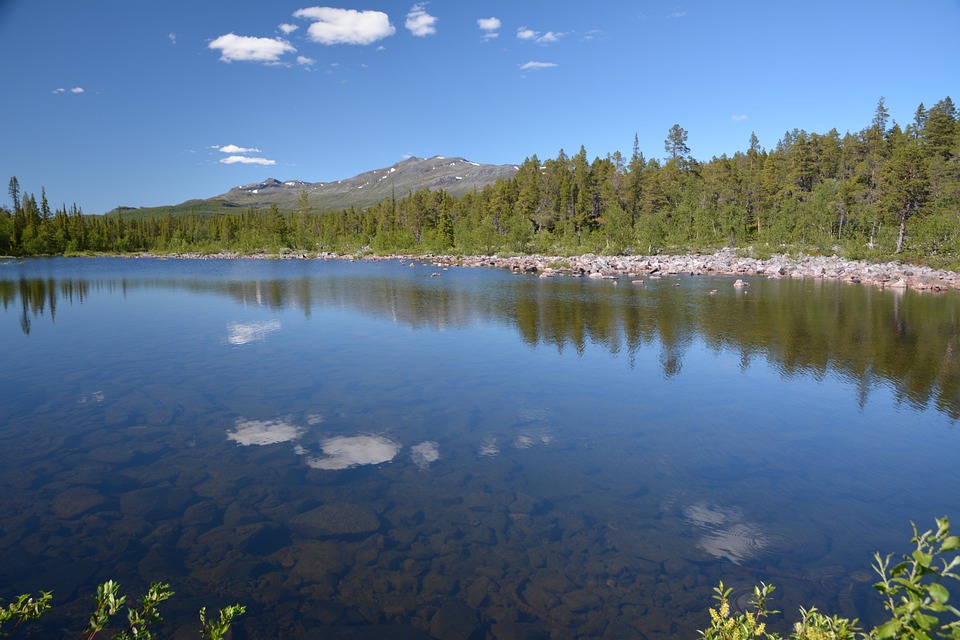What Is The Climate Like In Panama?
Panama is a small country located in Central America, and it has a tropical climate. The climate in Panama is divided into two distinct seasons: the dry season and the wet season. During the dry season, which runs from December to April, temperatures remain relatively constant throughout the country, with temperatures ranging from 82 to 90 degrees Fahrenheit (28 to 32 degrees Celsius). The wet season, which runs from May to November, brings high humidity and heavy rain.
Temperature
The average temperature in Panama is 78 degrees Fahrenheit (25.5 degrees Celsius). The hottest months are usually March and April, when temperatures can reach as high as 95 degrees Fahrenheit (35 degrees Celsius). The coldest months are usually December and January, when temperatures can drop as low as 68 degrees Fahrenheit (20 degrees Celsius).
Rainfall
Rainfall in Panama is highly variable, with more rain falling in the wet season than the dry season. During the wet season, rainfall can range from 4 inches (10 centimeters) in the driest areas to more than 30 inches (76 centimeters) in the rainiest areas. On average, Panama receives around 80 inches (203 centimeters) of rain each year.
Winds
Winds in Panama are usually light to moderate, and are generally from the east or northeast. The strongest winds occur during the wet season, when tropical storms can cause strong gusts. These winds can reach speeds of up to 50 miles per hour (80 kilometers per hour).
Humidity
Humidity in Panama is usually high, with an average of around 80%. During the wet season, humidity can reach as high as 90%.
Conclusion
The climate in Panama is generally warm and humid, with two distinct seasons. Temperatures range between 68 and 95 degrees Fahrenheit (20 and 35 degrees Celsius), and rainfall varies from 4 inches (10 centimeters) to more than 30 inches (76 centimeters). Winds are usually light to moderate, and humidity is usually high.

Kyle Whyte is a notable scholar and professor at the University of Michigan, holding positions such as the George Willis Pack Professor in the School for Environment and Sustainability and Professor of Philosophy. Specializing in environmental justice, his work critically examines climate policy and Indigenous peoples’ ethics, emphasizing the nexus between cooperative scientific endeavors and Indigenous justice. As an enrolled Citizen Potawatomi Nation member, he brings a vital perspective to his roles as a U.S. Science Envoy and member of the White House Environmental Justice Advisory Council. His influential research is supported by various prestigious organizations including the National Science Foundation, and disseminated through publications in high-impact journals. Kyle actively contributes to global Indigenous research methodologies and education, with affiliations to numerous institutes and societies dedicated to traditional knowledge and sustainability. Recognized for his academic and community engagement, Kyle has earned multiple awards and served in various visiting professorships. His efforts extend to leadership positions on boards and committees focused on environmental justice nationwide.
